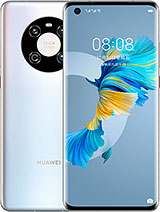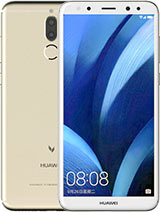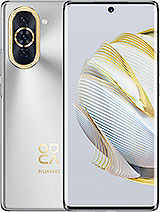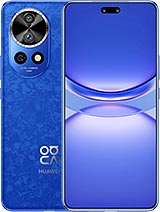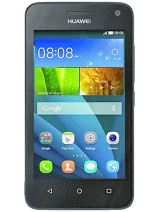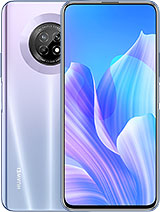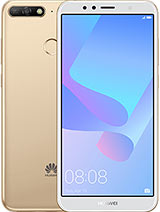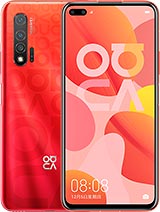
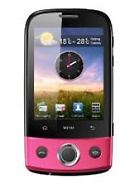
Huawei U8100 Screen Size Dimensions
Huawei U8100 screen size dimensions, viewport size, pixel density and more information.
Specs:
| WIDTH | 240 px |
|---|---|
| HEIGHT | 320 px |
| SCREEN SIZE INCH | 2.8" |
| PX DENSITY | ~143 ppi |
| ASPECT RATIO | 3/4 |
| DISPLAY TYPE | TFT, 256K colors |
| PHYSICAL SIZE MM | 107.5 x 57 x 13.8 mm |
| OPERATING SYSTEM | Android 2.1 |
| RELEASE DATE | Released 2010, July |
Information:
The Huawei U8100 features a 2.8-inch TFT display with a resolution of 240 x 320 pixels and a pixel density of approximately 143 pixels per inch. This display offers several benefits for various user applications:
1. Compact Size: The 2.8-inch display size makes the Huawei U8100 ideal for users who prefer a compact and pocket-friendly device. It is well-suited for one-handed operation and can easily fit into small pockets or purses.
2. Pixel Density: With a pixel density of around 143 ppi, the display delivers crisp and clear visuals, making it suitable for tasks such as reading text, browsing the web, and viewing images. The high pixel density ensures that details are rendered with precision, enhancing the user experience.
3. Aspect Ratio: The 3:4 aspect ratio of the display is well-suited for applications that require a more square-shaped screen, such as certain productivity apps and messaging interfaces. This aspect ratio provides a balanced view for various types of content.
4. Color Depth: The display supports 256K colors, allowing for vibrant and rich color reproduction. This makes it suitable for multimedia consumption, including watching videos, viewing photos, and playing games with visually appealing graphics.
5. Operating System Compatibility: The device runs on Android 2.1, which means the display is optimized for the Android user interface and app ecosystem. Users can benefit from a wide range of apps designed to work seamlessly with the display characteristics of the Huawei U8100.
Overall, the Huawei U8100's display characteristics make it well-suited for a range of user applications, from basic tasks such as messaging and web browsing to multimedia consumption and productivity-oriented activities.








